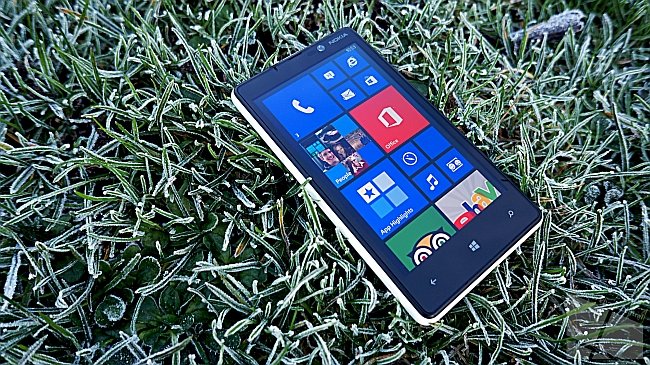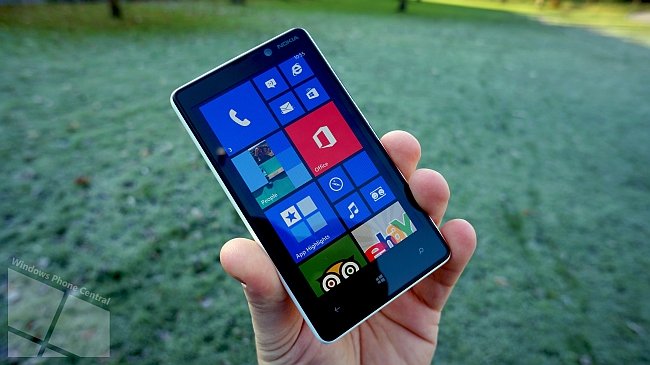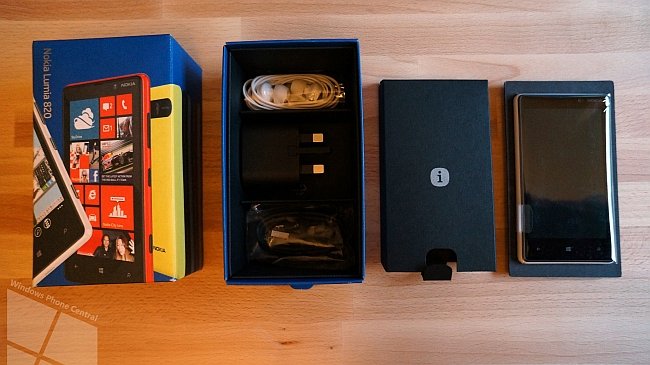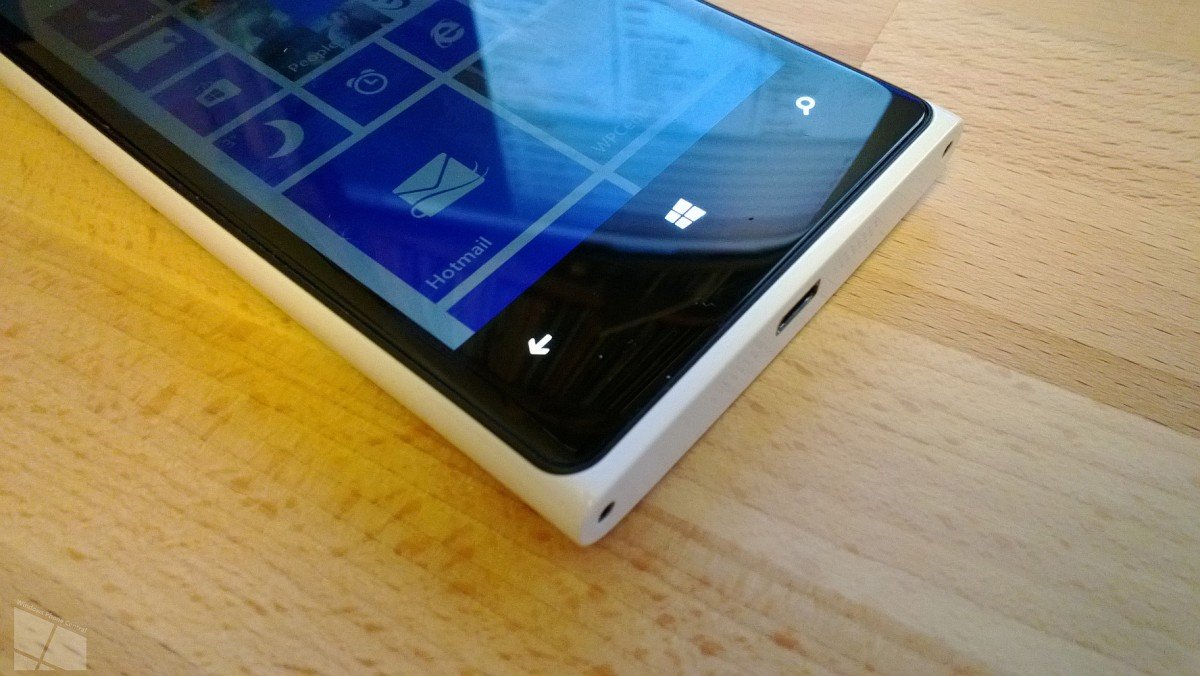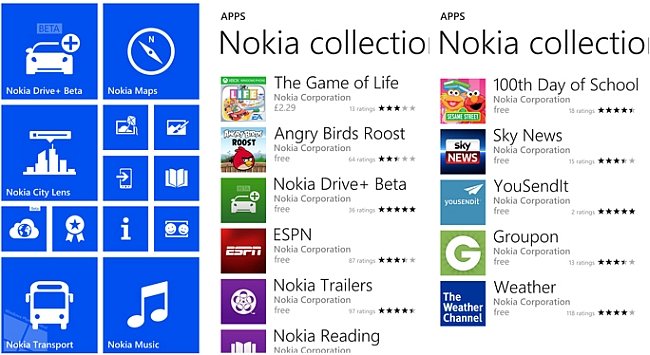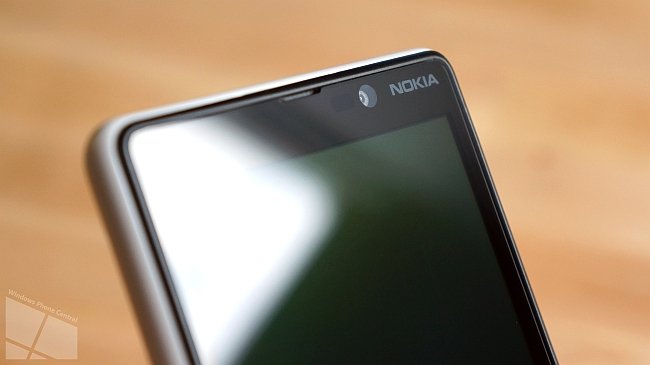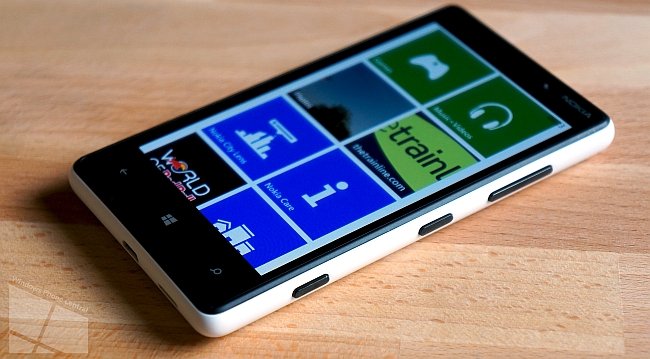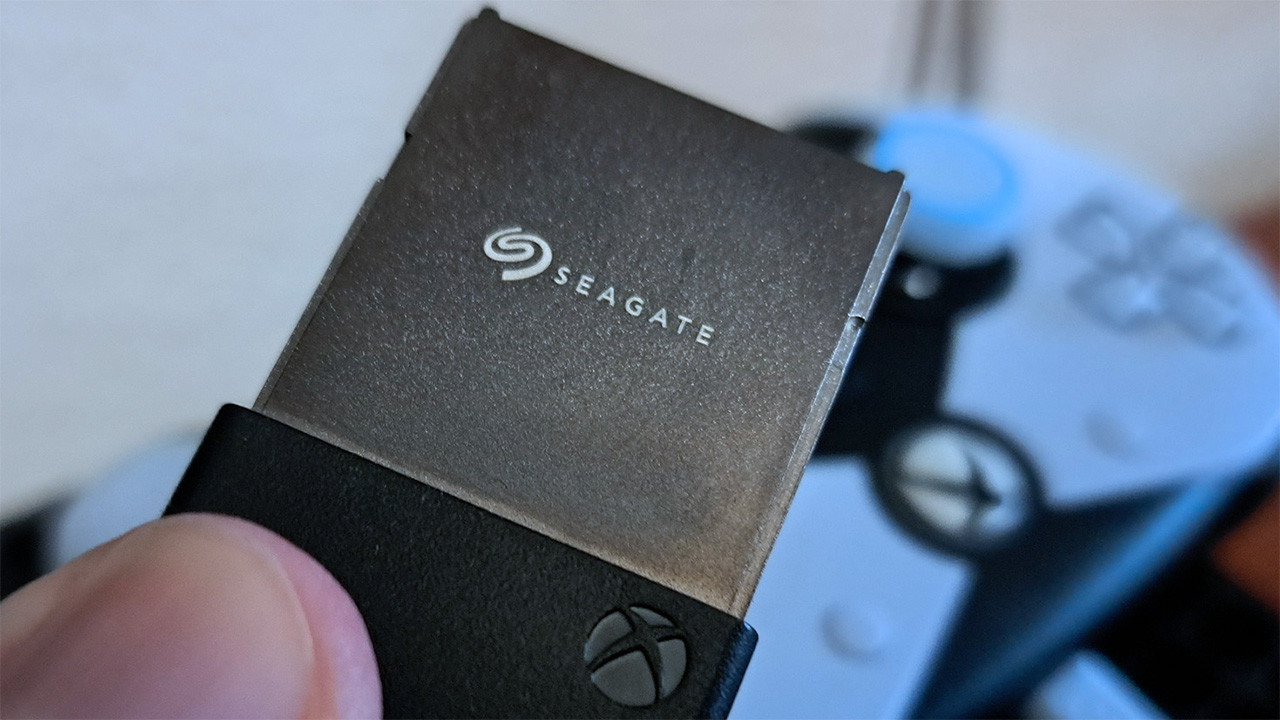Nokia Lumia 820 Windows Phone Review
Windows Phone Central's review of Nokia's mid-range Windows Phone 8 device (Non-branded)
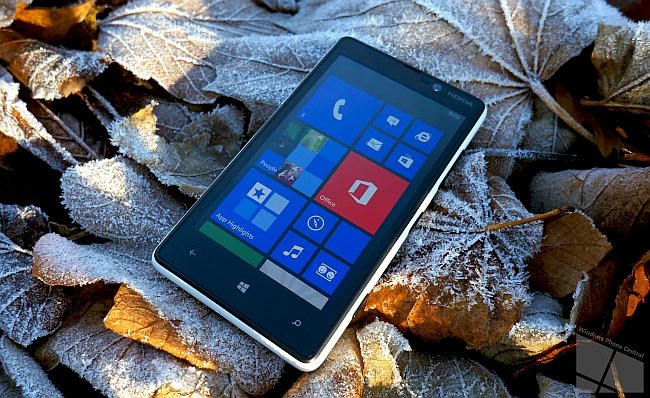
While nearly all the attention on Windows Phone 8 devices has been lavished on the ‘hero’ devices such as the ATIV S, Lumia 920 and the HTC 8X the Lumia 820 has taken somewhat of a backseat. The 820 does lack some higher end specs of its other Window Phone 8 brethren but it still manages to present a capable and compelling package.
The Lumia 820 is an important product both for Windows Phone 8 and Nokia, as it represents a mass market device the platform and manufacturer need. Unlike enthusiast phones such as the Lumia 920 it will be affordable on either a monthly contract or fit in nicely on a pay as you go plan. The Lumia 800 has become a bit of a hit on lower cost contracts and this paves the way for the 820 to continue where it left off. We have been using the 820 for over two weeks now and would like to share with you why we think this is a device worthy of your consideration.
Lumia 820 Video Overview
Great build quality, exchangeable covers, Micro SD expansion up to 64GB, top performance at a good price point. | Low resolution front facing VGA camera, it’s not going to win many beauty contests, no Gorilla Glass so could be more susceptible to scratches. |
Nokia have done a great job of producing a well-built device that will serve the mid-range market well without sacrificing performance. There is much to love in this strong little package but its looks are perhaps an acquired taste. |
The Body
The Lumia 820 measures 123.8 x 68.5 x 9 milimeters thick with a weight of 160 grams. The phone is made up of the main electronics package and the separate, swappable cover. Unlike the sealed unibody Lumia 920, this has allowed Nokia to pack in a replaceable 1650mAh battery. Removal of the cover requires pulling it away from the top of the unit; once the top is free it is easy to leverage the rest of the case off. Initially this is quite tricky but becomes easier once you’re confident on how the action works, be warned though your fingernails may suffer. The cover is designed to fit very snuggly with the body of the phone to improve its durability and overall solidity.
The buttons on the side of the phone work with a pleasing amount of travel and provide good feedback as to when they are pressed. There is no discernible difference between the 820 and the 920 when it comes to button quality. There is no noticeable wobble in the buttons which is impressive considering that they are integral to the Snap-On cover. Around the screen exists a strip of black curved plastic that helps to blend the body to the curved edges of the sides of the casing. When holding the device you’ll be hard pushed to find any rough edges due to this blending and the rounded shape of the case adds to that.
Considering this is a phone of two distinct parts it is slightly surprising to find that it feels incredibly solid and well made. The body is ridged and devoid of the squeaks or creaking sounds you might expect with a phone with a replaceable cover. In the hand this phone feels incredibly solid and is pleasing to hold and to touch.
The Display
Nokia have decked the 820 out with a 4.3 inch AMOLED display which provides a resolution of 800x480. The screen is protected using scratch resistant glass but is not the gorilla glass that we see on most other smartphones these days. We have been testing the 820 for over two weeks now without any kind of protective case and have yet to see any sign of scratches.
All the latest news, reviews, and guides for Windows and Xbox diehards.
The screen has the ‘ClearBlack’ anti-reflective technology now common on all Lumia devices and provides a good outdoor viewing experience. The AMOLED display on the 820 means the device produces very deep blacks and highly saturated colours. The blacks aren’t quite as deep as the Lumia 800 but are still good all the same and colours actually look more accurate. The lower resolution of the panel is hardly noticeable unless you are looking very closely indeed. Depending on how good your eyesight actually is will likely determine how much of an issue this is for you. Look hard enough and you’ll see jagged edges on text and icons but you simply shouldn’t notice at normal viewing distances.
Touch and responsiveness is very good across its totally flat screen and at no time will you feel any lag when using the device. Like the Lumia 920 the 820 also packs the ‘Super Sensitive Touch’ technology so you can use your phone with your gloves on. Those of us who are now experiencing the temperature drop to single digits will quickly appreciate the joys of being able to use the phone without taking off those gloves.
The Hardware
The Lumia 820 packs the same speedy dual core Qualcomm S4 1.5 GHz processor and 1GB of system RAM and 8GB of on-board storage, of which about 5Gb will be free when you first power up the device. The phone has Bluetooth 3.0, NFC and can support WiFi standards a/b/g/n and mobile data speeds are supported up to 100 Mbit/s via LTE. For a full overview of how the specs compare to other Windows Phone 8 devices, check out our comparison guide.
The phone also supports the Qi Wireless Charging standard so you can buy an optional accessory pad to place your phone on rather than bother yourself with the menial task of plugging it in with a cable. It’s worth mentioning that once you have one of these charging pads you’ll fall in love with the convenience of it. Have one on your desk or by your bed, it’s really nice not having to worry about cables.
For many people the internal storage should be enough but for those of you that have the need to store more data this could be the phone for you. The Lumia 820 supports MicroSD expansion cards so you can add another 64GB of storage to your phone. If you intend to use your phone for lots of media consumption and have plenty of music and videos then an 820 with a 64Gb card could be the solution you have been looking for. Neither the HTC 8X nor the Lumia 920 support expandable memory and are limited to their factory fitted 16GB and 32GB respectively.
Lumia 820 packaging and contents
Battery life on the 820 is very similar to that of other Windows Phone 8 handsets, you’ll easily get a day’s use out of it. Like the 920 and HTC 8X battery life seems to take a nosedive if you leave NFC and Bluetooth enabled and you’ll likely get around 5-6 hours out of one charge. If battery life is paramount and you have some extra cash, grab yourself another battery to keep on standby if you’re worried about getting caught out.
The phone feels every bit as speedy as the Lumia 920 and that’s down to it coming with exactly the same baseline CPU and system ram. Everything moves along at a decent clip and you won’t be left hanging about or experiencing pauses. If you happen to be upgrading from a Windows Phone 7 device you’ll notice things really do move along much quicker.
The Sound
Nokia have included Dolby headphone technology into the 820 to provide something of a boost to the overall scale of music played through the headphones. By using some audio trickery Dolby can slightly improve the sound so it seems fuller and richer. You’ll also get to play with a graphic EQ too should you need to adjust any aspect of the sound.
We certainly welcome the renewed focus on improving the sound quality of these devices and the addition of Dolby headphone and the EQ are certainly a start. The Lumia 820 happens to sound very good without any extra tweaking but we still see plenty of scope for improvement in this area. The ideal would be to have a final sound output stage that requires no adjustments but as it stands the 820 does a good job.
When it comes to sound output from the built in speaker the 820 does a fair job on loudness but it’s quite harsh sounding. The speaker opening is limited to one place at the base of the phone so it is possible to cover it with a finger and almost cut off the sound completely. The main purpose of the speaker is to provide a hands free facility and it is more than able to pump out enough volume to have a conversation, just don’t expect it to be too refined.
The Camera
Using a smartphone as a replacement for a simple point and shoot has become commonplace for many folks. Now more than ever we want to take a photo, edit it and share it with our friends, family or social networks. The Lumia 820 comes with a 8 megapixel sensor and dual led flash and optics are supplied by Carl Zeiss. It has a focal length of 26.0 mm and an F2.2 aperture. It also has a front facing camera mainly to serve video calling duties and this is a standard VGA unit.
Lumia 820 sample photo in good light conditions
Even though the camera on the Lumia 820 is not best in class on this generation of handsets that doesn’t mean it can’t produce great images. Like all Windows Phone handsets you get the dedicated camera button to put the phone into shooting mode quickly and the 820 does a great job of taking photos both inside and outside. Nokia do not apply too many tricks to over sharpen the photos or to hide the noise in the image and that is a good thing. It is far better to apply these changes yourself using dedicated software rather than have the image tainted by over processing from the beginning.
Lumia 820 Macro sample - Taken without natural light, standard home lighting
The 820 improves greatly on close up macro performance compared to the Lumia 800 and the addition of the focus assist light helped produce good photos in low light conditions. In testing the camera was able to provide natural looking images in a variety of conditions. For the purposes of providing a decent alternative to carrying a separate point and shoot the Lumia 820 should be more than enough for most people’s needs. The Front facing camera on the other hand is very low resolution and provides what can only be described as a functional way to have a video call. The VGA resolution and high degree of noise means it won’t produce pleasing images in low light conditions.
Left - Twilight shot / Right - Inside, no flash, no focus assist light
Video recording quality is good for up to 1080p resolution recording and it does a decent job of capturing the moment but does lack image stabilisation technology of the Lumia 920. You’ll need a steady hand like most other smart phones when shooting video.
There are two handsets of this generation of Windows Phone 8 devices which have dominated the conversation about image quality, the HTC 8X and the Lumia 920. Both of these provide stunning optics and low light performance but for many folks this level of quality simply isn’t a requirement and the 820 will do a perfectly good job.
The Software
When you first power up the Lumia 820 it comes pre-loaded with some of Nokia’s own software but also a few third party offerings. Here in the UK the Lumia 820 had The Trainline, Ebay, World Of Redbull and Trip Advisor present on the home screen. We’re not entirely sure why they chose these apps but they certainly aren’t useless, if you need to uninstall them you can of course do so at any time.
Nokia Apps Selection..
The range of Nokia value added apps has become somewhat of a selling point in itself due to their high quality and usefulness. When you first power up the device you’ll get Nokia Care, Nokia City Lens, Nokia Drive, Nokia Maps and Nokia Music. The quality of these apps is superb and they are most certainly not junk ware, from powerful turn by turn driving directions with Nokia Drive to free Music with Nokia Music, you’re in for a treat.
In addition to what comes installed you can find more offerings by heading to the Nokia Collection in the Windows Phone Store. The Nokia Collection now gives Lumia owners unparalleled access to free games, exclusive apps and even more of those Nokia utilities.
Nokia has done an excellent job of building up a compelling set of software and services with their Lumia handsets. By doing so they are making it increasingly more difficult for buyers to switch to another manufacturer. The Lumia 820 has full access to all these apps and services and that means it harbours a rich and powerful user experience.
Accesories
The Lumia 820, while not as high profile as its big brother the 920, does have similar accessories. The Lumia 820 can use the Qi wireless charge pad, charge stand and JBL PowerUp speaker in addition to any third-party Qi charger stations. Unlike the Lumia 920, you will will need the Lumia 820 wireless charging shell to enable this feature, an accessory that the 820 does not come with out of the box. Most of the official Nokia accessories can be purchased through your carrier.
Finally, the Windows Phone Central Store carries screen protectors, extra charge cables, car mounts and various Bluetooth add-ons for the Lumia 820. We will be reviewing additional Lumia 820 accesories when they become available.
The Wrap Up
It is clear that Nokia has walked a tightrope of form and function with the Lumia 820. The design of the handset is so bluntly utilitarian at first sight many may overlook it. That industrial no nonsense design turns out to have a pull of its own, it looks strong and durable. Nokia have set out to produce a handset that is distinct from the higher end and far more expensive Lumia 920 but still give it some appealing extras.
Having replaceable covers allows for some fun colour combinations but more importantly when the case gets old and battered you can simply change it out. It’s all very well having a sleek unibody handset but it’s a one shot deal, if the body gets chipped or scratched you’re simply stuck with it. The 820 also has some ruggedized cases available for it so you can use it in more hostile environments, this could be the ideal phone for someone in construction for instance.
The ability to increase the phones storage to over 64GB is simply fantastic for those who want to take lots of video, photos or take their whole music collection with them wherever they go. If you’re lucky enough to have a Surface tablet for instance you can throw your music onto the SD card and swap it between the 820 and the tablet should you feel the need.
I have been lucky enough to have been using the Lumia 920 since launch day and have had plenty of time using both in tandem. If you’re wondering what the differences are between them you might be surprised to hear that in practice there’s not much in it. The 820 performs like a champ and some of you may even prefer the deeper blacks and more heavily saturated colours of the AMOLED screen.
I spoke of the solid looks of the device, well those looks aren’t just skin deep, the body of the phone is ridged, impervious to any flex and doesn’t creak or groan under pressure. It actually feels more comfortable in the hand than the Lumia 920 due to it being slightly less wide.
Nokia has cut some corners though and the lack of Gorilla Glass seems to be the most obvious area of concern. It is unlikely that the screen of the 820 will be up to the task of resisting those scratches as devices with Gorilla glass but in the two weeks I have been using it, I see no scratches. How well it does over time compared with Gorilla Glass fitted handsets will only become evident down the road.
The low quality of the front facing camera is also another area worth pointing out, if you plan on doing lots of video calling you may want to consider a different device. In most cases and in good light conditions most will have little to worry about. When considering a Windows Phone 8 device the 820 should not be overlooked, it packs some great features into an affordable package. Some of the features like the swappable covers and expandable storage combined with a replaceable battery might mean it’s a no brainer for some. Nokia has managed to produce a handset here that is both affordable and offers some distinct advantages over other Windows Phone 8 devices.
In the States, AT&T is offering the Lumia 820 for $49.99 after contractual discounts ($399.99 off contract). The Lumia 820 is also available through global retailers such as Clove or Expansys. If you shop around you can also find the Lumia 820 for free through third party retailers but with carrier contractual obligations.

Robert is a Former Contributor for Windows Central, covering hardware, software, and Windows Phone.
